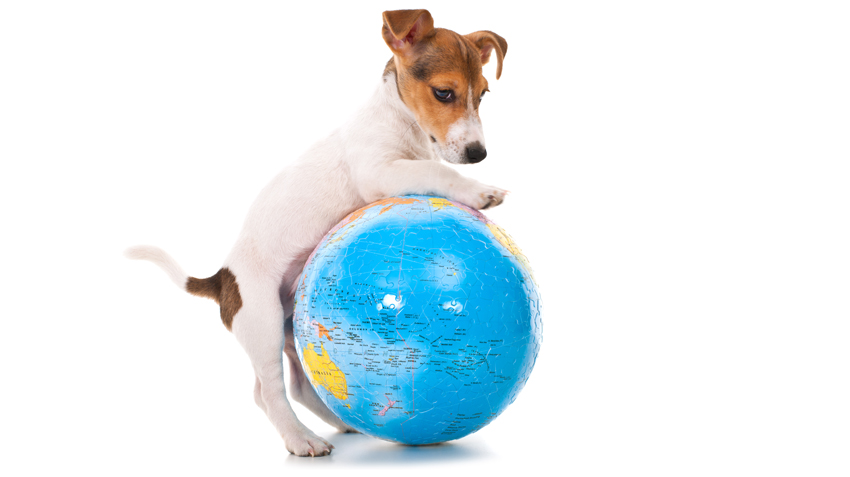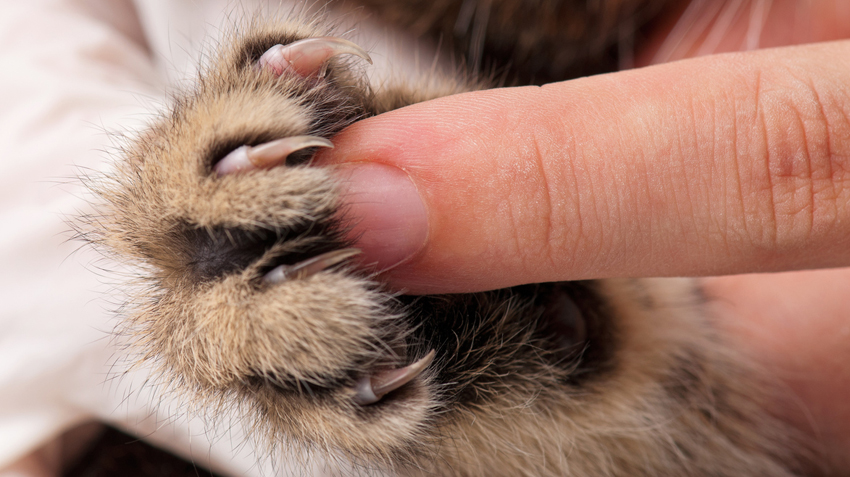Your Pet's Carbon Paw Print

10 Ways Pets Impact the Environment
Are our dogs and cats bad for the environment?
It is estimated that a single cat creates more than 1100 pounds of greenhouse gas emissions each year, with each dog creating a whopping 3500 pounds.
According to researchers†, a medium-sized dog’s environmental impact is twice as bad as driving an SUV 10,000 miles.
Is it possible our adorable four-legged companions are worse for the environment than a car? If so, how can we reduce our pets’ carbon paw print?
 CurbDogs2
CurbDogs210 Leading Causes of Carbon Paw Print
Some of the leading factors contributing to our pets’ carbon paw print include:
- Pet food packaging, the majority of which is not biodegradable or made from recycled materials.
- Pet food shipping, storage and distribution also impact the environment.
- Pet food ingredients, specifically beef, which yields the highest impact on the environment.
- Toxic chemicals used in the flea and tick treatments, some of which, according to the Natural Resources Defense Council (NRDC), pose a cancer risk to children.
- Cat litter, particularly the non-biodegradable or renewable variety, although landfills are packed so tightly even the biodegradable litter doesn’t have enough oxygen to break down.
- Granulated natural clay-based cat litter, which is created by strip mining a destructive process in which thousands of acres of land are wiped out in order to reach the layer of clay beneath. This litter hardens and does not break down. The bentonite makeup of the clay has aluminum phyllosilicate (crystalline silica) also known to be a carcinogen and a cause of respiratory disease.
- Pet poop left behind runs off into waterways, ponds and lakes. The bacteria in it reduce the amount of oxygen and kill any aquatic life. Cat poop has parasites like toxoplasma gondii, which has shown an ability to survive sewage treatment and make its way out to sea.
- Plastic bags frequently used to pick up poop aren’t biodegradable.
- Pet shampoo that isn’t sulfate-free.
- Pet beds and toys that are made with plastic and/or synthetic materials.
Reduce Your Pet’s Carbon Paw Print
 Carbon-Paw-Print2
Carbon-Paw-Print2While some steps are easier than others, you can help to reduce your pet’s impact on the environment.
- Buy pet food made in the USA with ingredients sourced in the USA to reduce shipping distance.
- Buy organic pet food that not also uses biodegradable or recycled packaging.
- Make your own pet food using locally grown veggies; ask your vet for help to create a recipe of ingredients (protein—preferably a beef alternative, carbohydrates, fats, minerals and vitamins) that meet your pet’s needs.
- Avoid flea repellents containing DDVP, diazinon carbaryl, permethrin or propoxur, nerve toxins that can poison wildlife and pets.
- Make your own cat litter from wood shavings.
- Use a pooper scooper or biodegradable bags to collect poop outside.
- Bury your pet poop.
- Use natural pet-care and cleaning products that are free of sodium lauryl sulfate.
- Buy eco-friendly pet beds and toys (think: natural fibers like organic cotton or hemp or recycled materials).
†"Time to Eat the Dog? The Real Guide to Sustainable Living" by Robert and Brenda Vale




